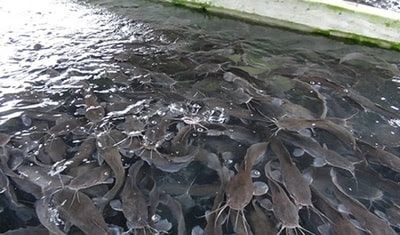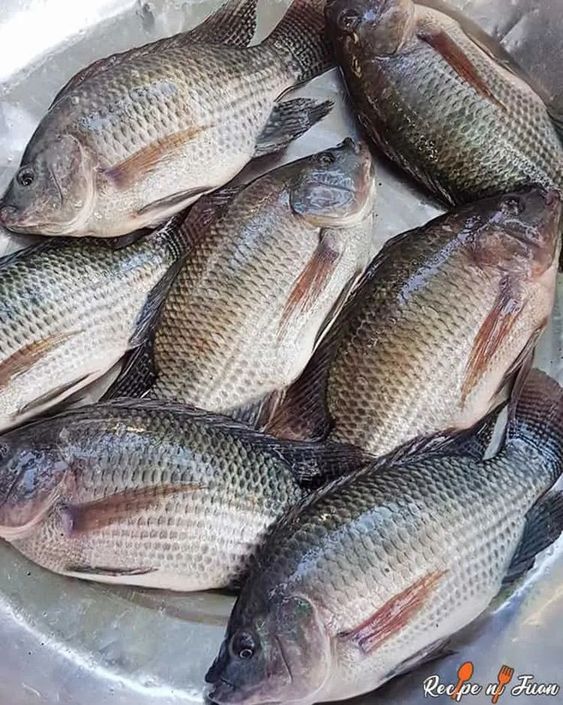Fish Processing Techniques: Preserving the Catch for Consumers
Fish Processing Techniques has been a staple food source for humans for millennia. However, fresh fish is highly perishable due to its high moisture content and abundance of enzymes and bacteria. Fish processing techniques have been developed to preserve the catch, prevent spoilage, and create a wider variety of edible products. These techniques not only extend shelf life but also enhance flavor, texture, and overall appeal to consumers.
There are two main goals of fish processing:
- Preservation: Slowing down or preventing spoilage by reducing microbial activity and enzymatic degradation.
- Value addition: Transforming fish into various products with enhanced flavor, texture, convenience, or safety.
Here’s a breakdown of the major fish processing techniques categorized by their primary function:
Contents
Preservation Techniques:
-
Temperature Control:
- Chilling and Refrigeration: Maintaining fish at temperatures just above freezing (0°C to -2°C) significantly slows down microbial growth. Crushed ice is a common method for chilling fish during transport and storage. Refrigerated warehouses further extend shelf life.
- Freezing: Exposing fish to very low temperatures (below -18°C) freezes water content, halting enzymatic activity and microbial growth. Different freezing methods exist, such as air blast freezing, plate freezing, and cryogenic freezing. Frozen fish retains good quality for extended periods.
-
Drying:
- Sun Drying: A traditional method where fish is spread on racks or nets and exposed to sunlight and air for dehydration. This method is simple but can be slow and susceptible to spoilage in humid environments.
- Salting: Fish is coated with salt, which draws out moisture and inhibits microbial growth. Salting can be done dry or in a brine solution. It can be used alone or combined with drying for further preservation.
- Smoking: Fish is exposed to wood smoke, which combines drying, mild heating, and the addition of natural preservatives from wood smoke compounds. Smoking imparts a distinct flavor and aroma.
-
Control of Water Activity:
- Adding Preservatives: Certain chemicals like sugar, salt, and some organic acids can be added to fish products to reduce water activity, making it less hospitable for microbial growth.
-
Irradiation: Exposing fish to controlled doses of ionizing radiation can eliminate bacteria and extend shelf life. However, consumer concerns and regulations limit the widespread use of this technique.
Value Addition Techniques:
- Filleting and Portioning: Fish are filleted (removing bones) and portioned (cutting into specific sizes) to provide consumers with convenient and ready-to-cook options.
- Marinating: Fish is soaked in a flavored liquid (marinade) to infuse flavors and tenderize the flesh before cooking.
- Canning Fish Processing Techniques: Fish is cooked, sealed in cans, and heat-sterilized to destroy spoilage microorganisms. Canned fish is shelf-stable for extended periods.
- Fermentation: Certain fish products are fermented using controlled bacterial cultures to develop unique flavors and textures, like fish sauce or fermented fish pastes (e.g., bagoong).
- Surimi Production: Fish flesh is washed, mechanically separated, and then formed into various shapes and flavors to create surimi, a versatile seafood product used in imitation crab meat and other seafood analogs.
- By-Product Utilization: Fish processing generates by-products like heads, bones, and viscera. These by-products can be further processed into fishmeal, fish oil (rich in omega-3 fatty acids), or fertilizer.
Choosing the Right Technique:
The selection of a processing technique depends on several factors, including:
- Type of Fish Processing Techniques: Different fish species have varying flesh composition, fat content, and susceptibility to spoilage.
- Desired product form: Whole fish, fillets, steaks, canned, smoked, or other formats.
- Target market: Fresh, frozen, shelf-stable products cater to different consumer preferences and distribution channels.
- Economic considerations: Costs of equipment, labor, and processing time.
- Regulations: Safety and quality standards need to be met.
Recent Trends in Fish Processing Techniques:
- Minimally Processed Products: Growing consumer demand for fresh, minimally processed, and sustainable seafood options is driving innovation. Techniques like modified atmosphere packaging (MAP) and high-pressure processing (HPP) are gaining traction.
- Focus on Sustainability: Sustainable fishing practices and minimizing waste are becoming increasingly important aspects of processing. Utilizing by-products and eco-friendly packaging are key considerations.
Conclusion Fish Processing Techniques:
Fish processing techniques play a crucial role in ensuring the availability, safety, and variety of seafood products for consumers. By employing a combination of these techniques, the fish industry can cater to diverse preferences, extend shelf life, and create valuable food sources for a growing global population






